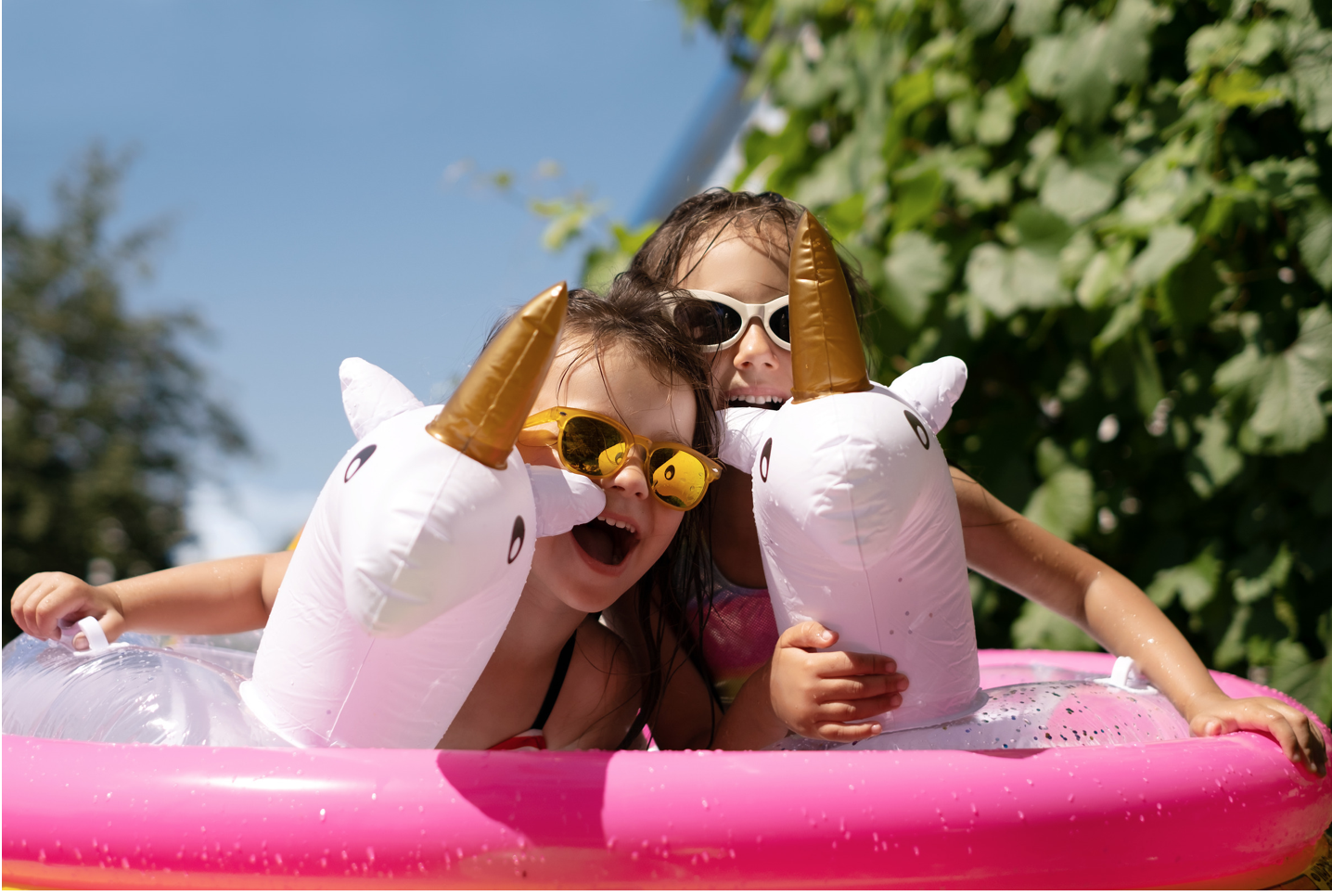Does My Blow Up Pool Really Need A Fence?
The short answer is yes. If you have any above-ground pool with a depth greater than 300mm or 30cm, you must have a compliant safety barrier.
Contemplating the purchase of an inflatable pool for those scorching summer days involves more than just inflating it and setting up the hose. Our exploration delves into the regulations surrounding inflatable pools, ensuring you are informed about your responsibilities.
As well as supervising children in the inflatable pool at all times, you also need to abide by strict pool fencing laws – or you could be slugged with hefty fines.
Inexpensive and quick to assemble, inflatable pools are a seasonal favourite for lots of Aussies during the summer, offering a cool respite on hot days within the privacy of your own backyard. Yet, before you hurry to make a purchase, it's essential to weigh some crucial safety considerations.
If your pool (including inflatables) can hold water deeper then 30cm then it must have a compliant safety barrier and abide by the same laws that govern pool and spa barriers which includes obtaining a pool or spa permit from your local council. As a pool or spa owner you need to complete the following:
Register your pool with your local council.
Organise an inspection of your pool barrier by a registered swimming pool inspector.
Rectify any issues identified by your pool inspection.
Submit a certificate of compliance to your council by the due date.
For the safety of young children, all swimming pools and spas with a water depth exceeding 300 mm (30 cm) must have a compliant safety barrier. This requirement extends to various types of pools, including:
In-ground pools and spas.
Above-ground pools and spas, including relocatable and inflatable pools that can hold over 300 mm (30 cm) of water and need on-site assembly.
Indoor pools and spas.
Bathing and wading pools capable of containing more than 300 mm (30 cm) of water.
However, the following are exempt from barrier requirements:
Inflatable swimming pools (typically toddler or wading pools) unable to contain water deeper than 300 mm (30 cm).
Small inflatable pools without multiple components that require no assembly, such as those only needing inflation and that are unable to contain water deeper than 300 mm (30 cm) as above.
Bird baths.
Fountains.
Water supply/storage tanks.
Fish ponds.
Dams.
Baths used for personal hygiene and emptied after each use.
Spas inside a building (e.g., in a bathroom) used for personal hygiene and emptied after each use.
Pools or spas incapable of containing water deeper than 300 mm.
These guidelines aim to strike a balance between enjoying aquatic facilities and maintaining the safety of our youngest community members.
#PoolFenceEssentials #SecureYourPool #PoolAreaTips #CreatingPeaceOfMind #StylishYetSafe #PoolsideLiving #PoolSafetyMatters #StaySecure #SwimmingPoolSafety #CreatingMemories #PoolSafety #SwimmingPoolRegulations #ChildSafety #SwimmingPoolCompliance #SafetyFirst #VictoriaSwimmingPools #SwimmingFun #PoolSafe #PoolSafeRegionalVictoria #KidSafe
Jimmy Rushton
Pool Safe Fence Inspections
poolsafevic.com.au
0493 362 410 jimmy@poolsafevic.com.au
Disclaimer: The information provided in the blog above is intended for general informational purposes only. It should not be considered as a substitute for a thorough Barrier Inspection or professional advice. While we strive to ensure the accuracy and completeness of the content, it may not cover all individual circumstances or specific requirements. . Always prioritise safety and seek expert advice to ensure compliance with relevant regulations and standards.


